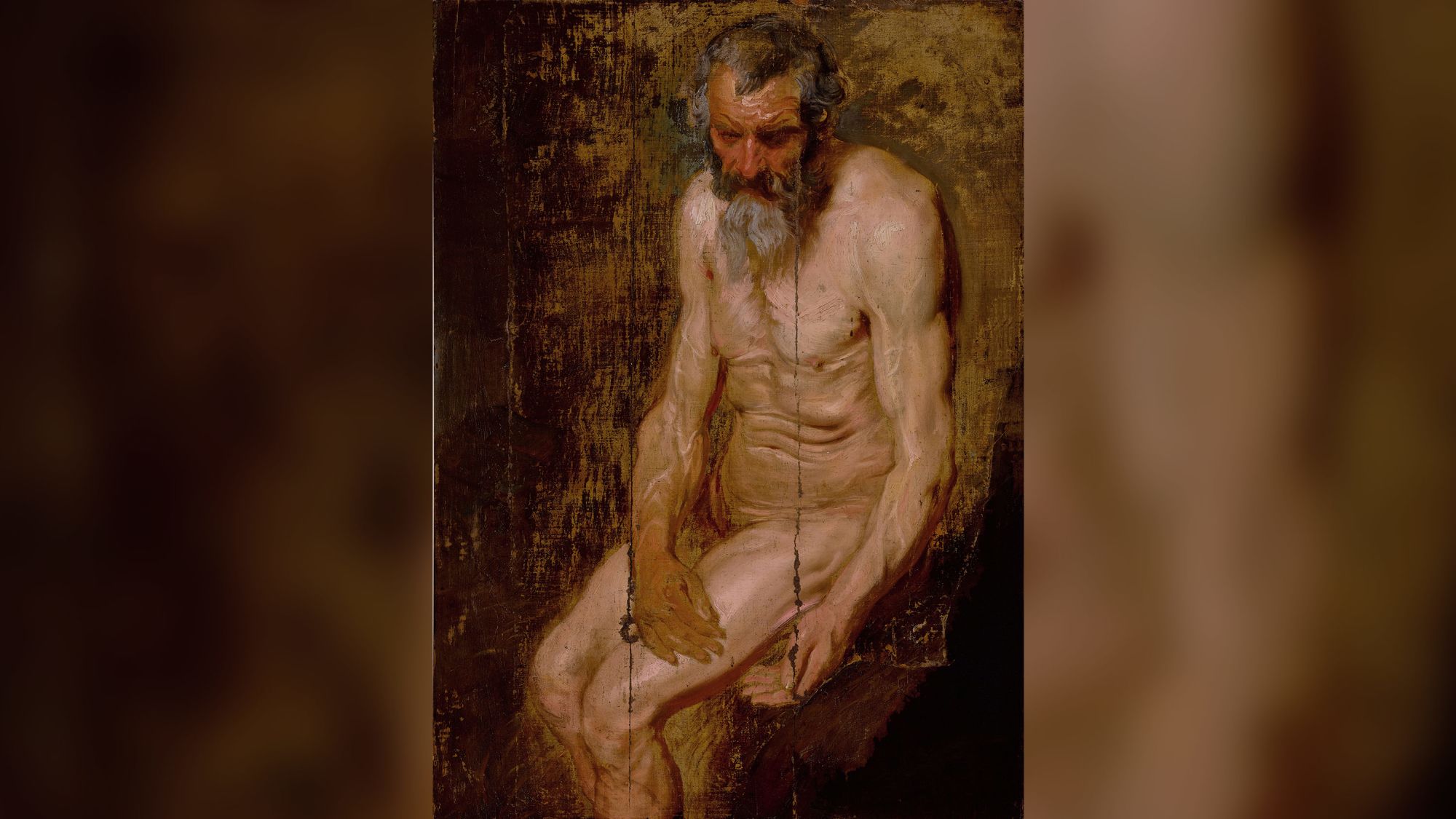Once abandoned in a farm shed, a rediscovered Anthony van Dyck painting has sold for over $3 million at auction.
The piece is a study for a later painting produced by the Flemish master called “St Jerome.” The final painting is currently held by the Museum Boijmans van Beuningen in Rotterdam.
The study, which portrays a nude older man sitting on a stool, is unique for a few reasons, according to the Sotheby’s listing. It’s one of only two large studies that Van Dyck crafted from live models. It was likely painted between 1615 and 1618, according to Sotheby’s, while Van Dyck was a young artist working alongside Peter Paul Rubens in Antwerp.
And the oil painting also has an unexpected provenance. The study was only recently identified as a work of Van Dyck, said Sotheby’s in a statement shared with CNN. The piece was discovered in the late 20th century in a farm shed in Kinderhook, New York.
“The person who found it, Albert B. Roberts, was a passionate collector of ‘lost’ pieces, describing his collection as ‘an orphanage for lost art that had suffered from neglect,’” said the auction house.
Roberts bought the derelict painting for just $600, according to Sotheby’s. But shortly after, art historian Susan J. Barnes published an article in which she recognized the piece as a “surprisingly well preserved” work by Van Dyck.
The painting sold for $3.1 million on Thursday.
It was offered to Sotheby’s by Roberts’ estate. And a portion of proceeds will benefit the Albert B. Roberts Foundation Inc, which provides financial support to artists and other charities, according to the auction house.
The study was sold as part of Sotheby’s Thursday “Master Paintings Part I” sale, which also included works by Agnolo Bronzino, Titian and Melchior de Hondecoeter.

